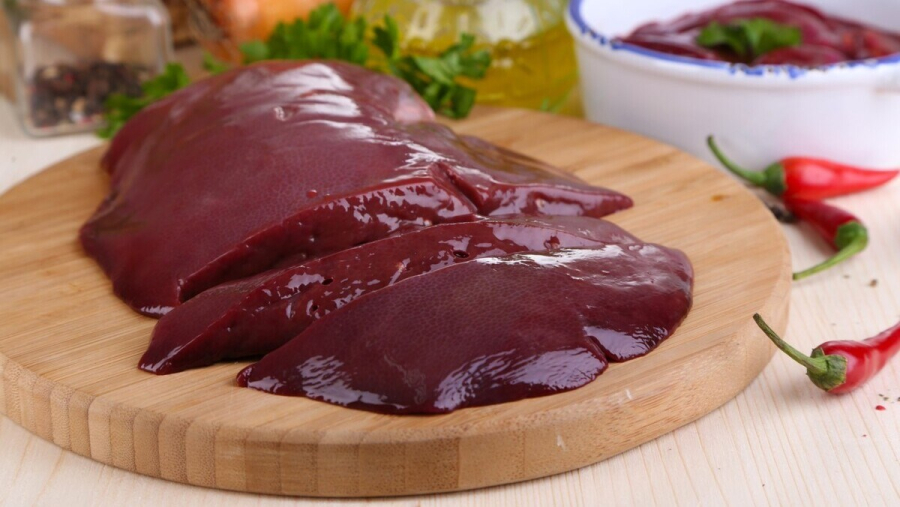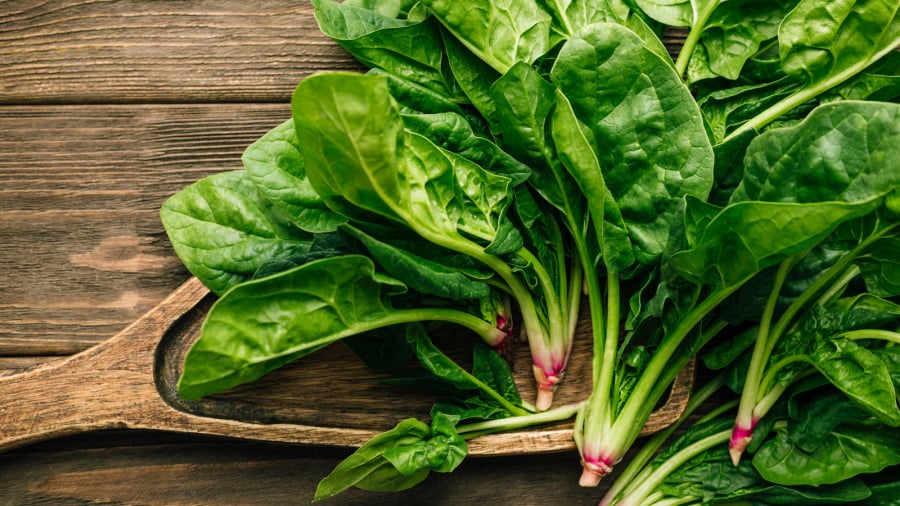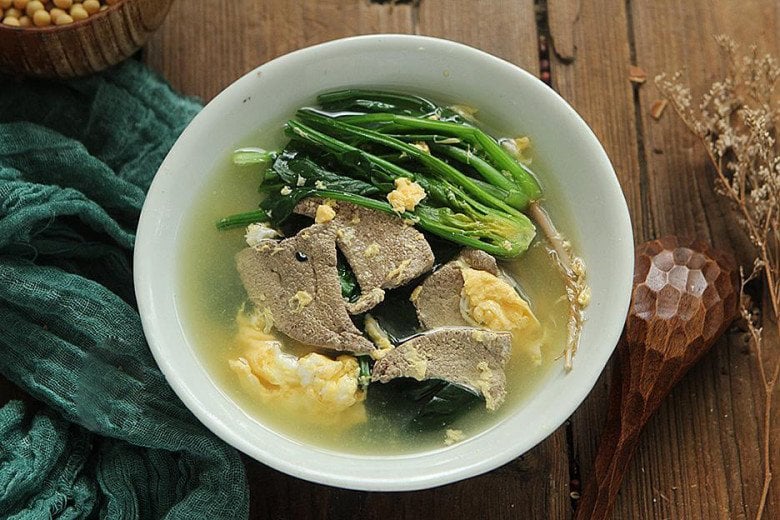Not everyone knows that pig liver is one of the parts that contains many nutrients such as vitamin B, vitamin A, folic acid… In fact, many studies have shown that the amount of vitamin A in liver is much higher than that in eggs, meat, fish or milk.
Apart from familiar dishes like stir-fried sweet and sour liver, pate liver, garlic stir-fried liver… you can also make pig liver and cabbage soup following the recipe below.
1. Ingredients for making pig liver and cabbage soup
– Cabbage: 1 handful
– Pig liver: 250 grams
– Chicken egg: 1
– Seasonings: salt, cooking wine

2. Steps to make pig liver and cabbage soup
Step 1: Prepare the ingredients
– After buying cabbage, remove the damaged leaves, yellowed leaves, and roots. Then, wash them with water and let them drain. You can also keep the cabbage roots if you like.
– Soak the pig liver in water for about 20 minutes to remove excess blood. Then, take it out and slice it into thin pieces. Rinse it with clean water once again and let it drain.
– Break the egg into a bowl and beat it with chopsticks until it is well blended.
Step 2: Blanch the cabbage
– Place a pot of water on the stove and bring it to a boil.
– Then, blanch the cabbage quickly in the boiling water and then transfer it to a colander to drain.

Step 3: Marinate the liver
– Take a large bowl, add the liver, a pinch of salt, and cooking wine.
– Use cooking utensils such as spoons, chopsticks… to mix well and marinate the liver for about 10 minutes to let it absorb the seasonings.
Step 4: Cook the soup
– Add a sufficient amount of water to a pot and bring it to a boil.
– When the water is boiling, add the prepared liver pieces to the pot. You should not pour all the liver in at once, but add each piece one by one to avoid adding excess blood from the bowl to the soup, which can make it taste unpleasant.
– Wait until the pig liver changes color, then slowly pour in the beaten egg. Stir with chopsticks and wait for the egg to set.
– Add the blanched cabbage and cook for a while, then season with salt to taste. Stir well once again, turn off the heat, and serve the soup in bowls.
Pig liver and cabbage soup, after being cooked, will have an attractive color and flavor. When eating, you can feel the sweet and fragrant taste of the soup, which is also nutritious. This is a delicious and healthy dish suitable for all ages.

3. Notes when making pig liver and cabbage soup
– Choose pig liver with a consistent dark purple or deep red color and good elasticity. When you touch it, you should feel that it is soft, smooth, and firm. Do not buy liver that is sticky or has a strange smell as it is often preserved for a long time and not good for health.
– Because cabbage contains a high amount of oxalic acid, you should not eat too much or consume it for a long time to avoid affecting your kidneys.






























